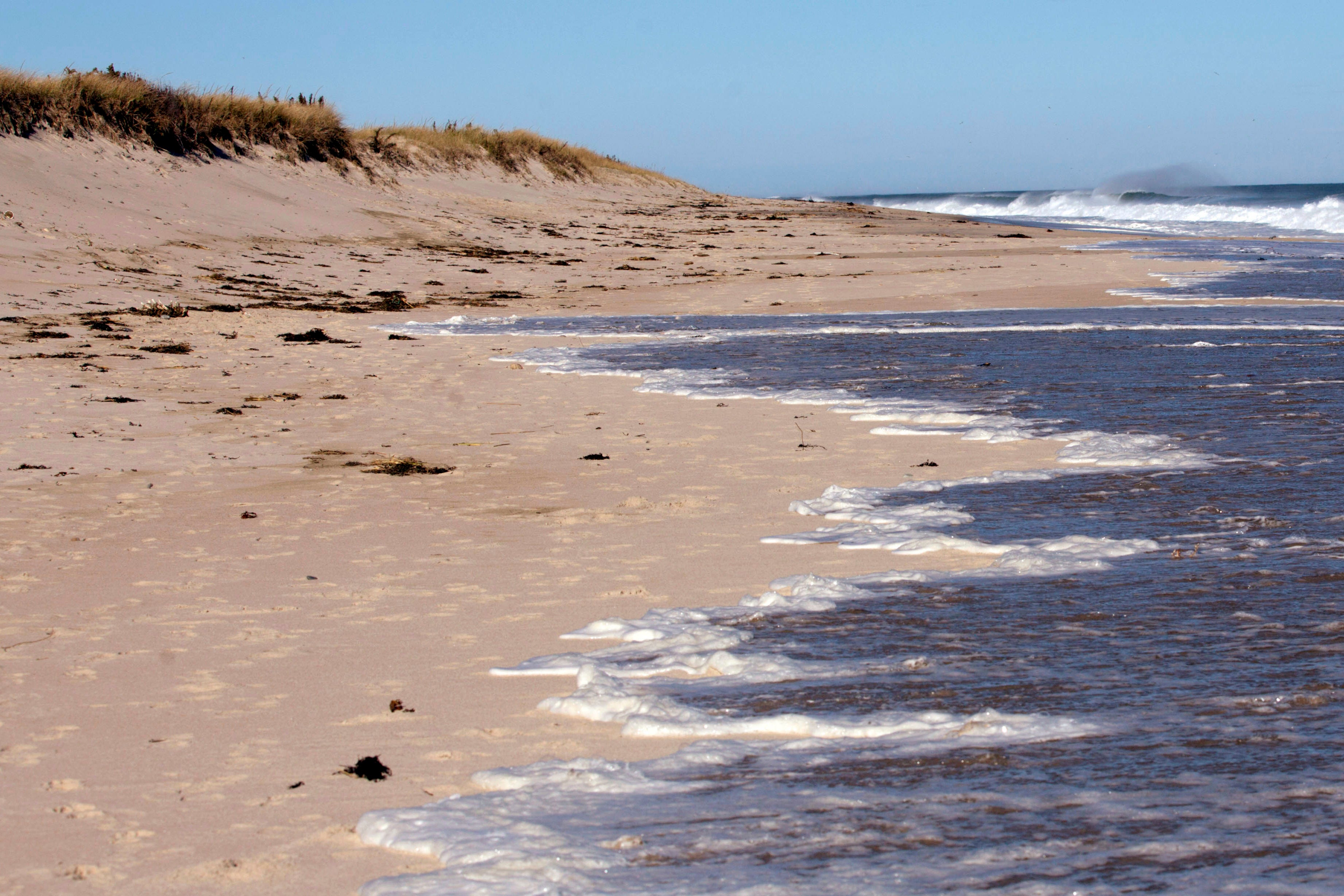Massachusetts unveils new strategy to help coastal communities cope with climate change
Massachusetts Gov. Maura Healey has unveiled a new strategy that she says will help the state’s 78 coastal communities better cope with challenges brought on by climate change

Your support helps us to tell the story
From reproductive rights to climate change to Big Tech, The Independent is on the ground when the story is developing. Whether it's investigating the financials of Elon Musk's pro-Trump PAC or producing our latest documentary, 'The A Word', which shines a light on the American women fighting for reproductive rights, we know how important it is to parse out the facts from the messaging.
At such a critical moment in US history, we need reporters on the ground. Your donation allows us to keep sending journalists to speak to both sides of the story.
The Independent is trusted by Americans across the entire political spectrum. And unlike many other quality news outlets, we choose not to lock Americans out of our reporting and analysis with paywalls. We believe quality journalism should be available to everyone, paid for by those who can afford it.
Your support makes all the difference.Massachusetts Gov. Maura Healey unveiled a new strategy Tuesday that she said will help the state’s 78 coastal communities work together to better cope with the challenges brought on by climate change.
One element of the “ResilientCoasts” initiative is grouping distinct geographic regions that share similar landscape characteristics and face similar climate hazards, dubbed “coastal resilience districts." Massachusetts has more than 1,500 miles (2,414 kilometers) of coastline that spans salt marshes, beaches, rocky shores, dunes, ports and harbors, as well as residential and commercial areas.
The program's goal is to help the communities within each district come up with tailored policies and strategies to address the impacts of climate change, and to pursue federal funds.
Other goals of the strategy announced Tuesday include creating nature-based solutions for coastal erosion — including flood protection — nstreamlining the permitting process, and making sure future resiliency projects take into consideration the latest projected rise in sea level.
“Climate change poses a very real threat to our coastal way of life, but it also presents a unique opportunity for us to build communities that are safer and more equitable,” Healey said.
Many of those who live in the flood plain are also some of the state’s most vulnerable.
Of the nearly 2.5 million people living in coastal communities in Massachusetts, about 55% live in areas that include communities of color, low-income populations and with residents facing language barriers, according to the administration.
Massachusetts could see sea level rise by up to 2.5 feet (0.8 meters) by 2050 compared to 2008 if global emissions aren't dramatically reduced, with both tidal and storm-related flooding projected to increase, according to the administration.
The initiative is the latest effort by the state to confront the effects of climate change, including strategies to bring the state closer to its goal of net-zero greenhouse gas emissions by 2050.
Alison Bowden, interim state director of The Nature Conservancy, said Massachusetts needs to take action to protect habitats, shorelines and ecologically vital landscapes.
“We can make a significant difference in protecting our coastal areas against sea level rise and erosion,” Bowden said.
That rise could come at a hefty cost.
By 2070, statewide average costs to coastal structures could be more than $1 billion per year, according to Healey. The total value of structures in the state’s flood plain for a hundred-year storm is about $55 billion, of which about $40 billion is residential, $12 billion is industrial and $2.5 billion is commercial.